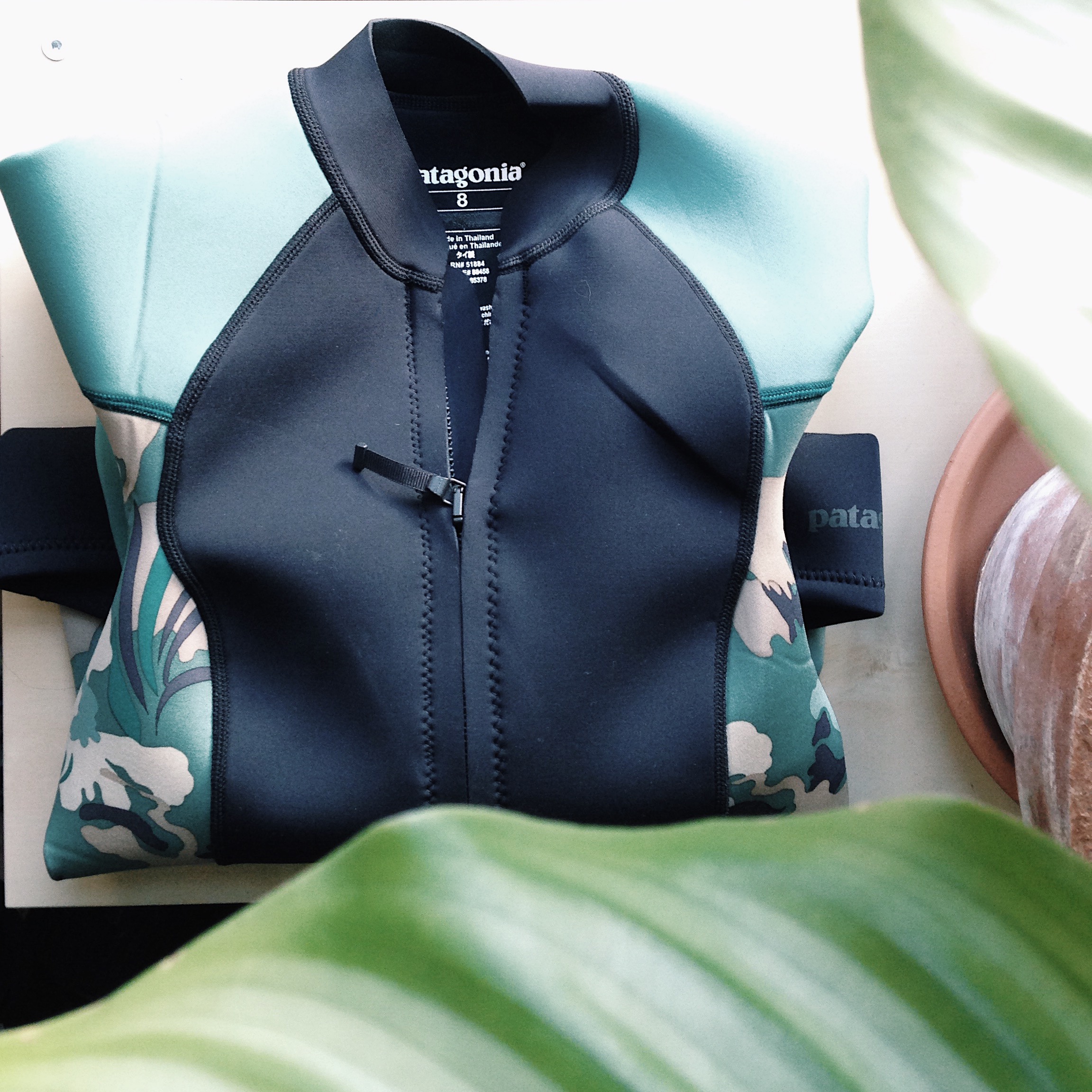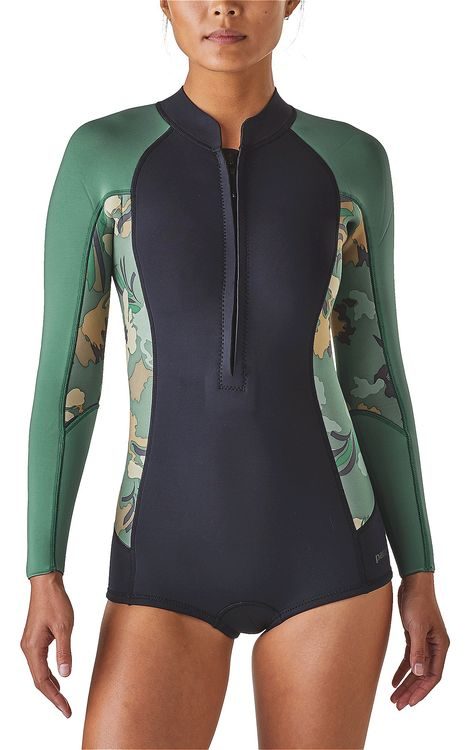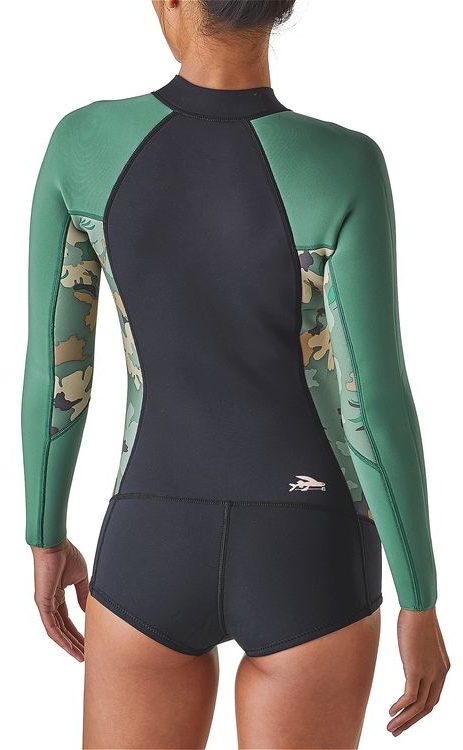
Goodbye neoprene – welcome Patagonia Yulex wetsuit
WHAT IS NEOPRENE?
Neoprene or polychloroprene is a family of synthetic rubbers that are produced by polymerization of chloroprene. Neoprene exhibits good chemical stability and maintains flexibility over a wide temperature range. Neoprene is sold either as solid rubber or in latex form, and is used in a wide variety of applications. Some people are allergic to neoprene while others can get dermatitis from thiourea residues left from its production. The most common accelerator in the vulcanization of polychloroprene is ethylene thiourea (ETU), which has been classified as reprotoxic.Neoprene degrades in the presence of some fairly common chemicals, including hydrochloric acid, acetone, xylene, acetic acid, aqua regia, boric acid, liquid butane, hydrogen peroxide, iodine, kerosene, lacquer, lard, motor oil, nitric acid, palm oil, tallow, turpentine, urine, and most chlorine-based chemicals including household bleach.
Conclusion: Neoprene is nasty stuff!
Patagonia published a blog post about the environmental impacts of neoprene in 2008, the year the company started manufacturing wetsuits. The post is available here.
GOODBYE NEOPRENE
“Surfers and wetsuit manufacturers—including Patagonia—have relied on neoprene for years, despite the fact that it’s a nonrenewable, petroleum-based material with an energy-intensive manufacturing process,” says Hub Hubbard, Patagonia’s wetsuit development manager. “Neoprene is nasty stuff, but for a long time we had no alternative. Through our partnership with Yulex we’ve invested in a plant-based game-changer and built it into our entire fullsuit line.”
The neoprene-free Yulex wetsuits perform as well or better than conventional neoprene wetsuits. But because the main polymer is produced in trees instead of factories, using natural rubber reduces the CO2 emitted in wetsuit manufacturing by up to ~80 percent. The FSC certified rubber is blended with a small amount of chlorine-free synthetic rubber for increased ozone and UV resistance, and to meet Patagonia’s rigorous demands for durability and strength. The Yulex process also removes over 99% of impurities, resulting in a nonsensitizing material.
The new plant-based polymer pioneered by Yulex is sourced from Guatemala, where hevea trees are grown on reclaimed farmland. Hevea has long been the source for the most demanding rubber applications, including car and airplane tires. Some of the world’s supply, however, is grown in newly clearcut rainforest zones, making the rubber industry a major driver of deforestation in tropical countries. Patagonia avoided using hevea until a more sustainable source could be found.
Read more about it here or watch the video bellow.
“We knew using natural rubber would reduce CO2 emissions in manufacturing. By going to Guatemala, we were also able to do our due diligence to verify that the rubber is bringing real social and ecological value to the region.”
My Patagonia Women’s R1® Lite Yulex® Long-Sleeved Spring Jane
I needed a wetsuit for temperatures from around 16C up, so I could use it on Hvar from May until end of September. I wanna stay in the sea for hours, but I get so cold after a while that I have to swim back to the beach, or just get out and heat up. So I wanted a wetsuit that will keep me warm, so I can stay in the sea until my skin wrinkles up. I went for Long-sleeve spring suit, because my core and skinny arms get cold the fastest.
What made my decision easier:
2. Lower CO2 Emissions Using natural rubber in place of nonrenewable, energy-intensive neoprene means up to ~80% less climate-altering CO2 is emitted in the polymer manufacturing process.
3. FSC®/Rainforest Alliance Certified Certified to Forest Stewardship Council standards by the Rainforest Alliance, our natural rubber sources are compliant with strict social and environmental guidelines for responsible forest management.
4. Recycled Fabrics The highest possible recycled polyester content in our high-stretch exterior and interior linings lessens our use of petroleum to make virgin polyester while repurposing scrap material from the waste stream.
5. Ironclad Guarantee Unique in the surf industry, we stand behind every wetsuit we sell. If it doesn’t perform to your satisfaction, we’ll take it back for replacement, refund or repair. See patagonia.com/wetsuitwarranty for full details.

Sizing I´m 171 cm and have 60kg – I went for US size 8. On the beginning, it took me some time and yoga moves before I figured out the easiest was to put it on and off. But don´t worry, the wetsuit comes in many different lengths, combinations, and sizes.
About Patagonia
Founded by Yvon Chouinard in 1973, Patagonia is based in Ventura, California. A certified B-Corporation, Patagonia’s mission is to build the best product, cause no unnecessary harm and use business to inspire and implement solutions to the environmental crisis. The company is recognized internationally for its commitment to authentic product quality and environmental activism, contributing over $78 million in grants and in-kind donations to date.
Thank you!
Mateja




Leave a Reply